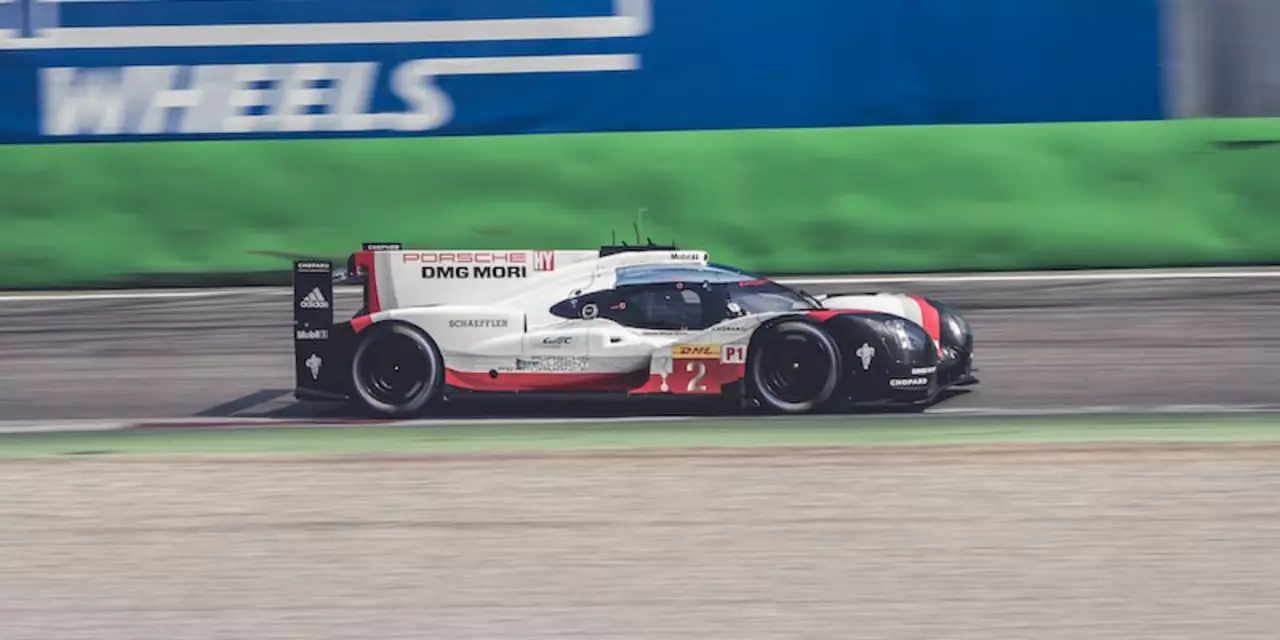Speed in Motorsports: What Makes Cars Fly
If you love the roar of an engine and the blur of a racetrack, you’re already thinking about speed. Speed isn’t just about going fast – it’s the result of many choices, from the shape of a car’s body to the software a race engineer uses. Let’s break down the basics so you can understand why some cars seem to jump ahead while others lag.
How Engineers Boost Speed
Race engineers rely on a few key tools to squeeze every extra mph out of a car. Programs like MoTeC and Pi Toolbox gather data from every sensor on the car, showing exactly how fuel, tire wear and engine temperature affect performance. With that info, engineers can tweak settings between laps, instantly improving lap times.
Simulation software such as rFactor Pro or the Dallara Simulator lets teams test new parts without ever stepping onto the track. They can model how a new wing or a lighter suspension will change drag and down‑force, then decide if the change is worth the cost. This blend of real‑world data and virtual testing is why modern race cars are faster than ever.
Gear Shifters and Quick‑Shifters
In motorcycle drag racing, the gear shifter is a secret weapon for speed. A quick‑shifter cuts out the clutch and throttle lift, letting the rider shift in a fraction of a second. The result? Faster acceleration and smoother power delivery. Whether the system is mechanical or electronic, the core idea is the same: interrupt the engine just enough to change gears without losing momentum.
Even in car racing, similar technology exists. Paddle shifters on the steering wheel let drivers shift up or down without taking their hands off the wheel. It’s a small change, but at the limit of performance, those milliseconds add up.
Speed isn’t only about the hardware. Your own knowledge can help you get closer to the action. If you’re dreaming of an internship with a motorsport team, show that you understand these tools. Talk about data acquisition or quick‑shifter tech in your cover letter, and you’ll stand out from the crowd.
Fans also love fast content. For instance, our post on the most popular motorsport highlights why Formula 1 dominates the speed conversation worldwide. Its mix of cutting‑edge tech, global reach and big‑budget teams creates a perfect storm for speed enthusiasts.
So, what can you do right now? Start watching races with an eye on how teams adjust their setups between sessions. Notice when a driver uses a paddle shifter or when a car’s rear wing changes angle. Those clues reveal the hidden work that translates into raw speed on the track.Remember, speed is a combination of engineering, driver skill and smart data. Keep exploring these pieces, and you’ll feel more connected to every high‑octane moment on the grid.
Ready for more? Browse our speed tag for the latest news, gear reviews, and insider tips. Whether you’re a casual fan or a budding engineer, there’s always something new to learn about going faster.
Is an LMP1 car faster than an IndyCar?
This article compares two different types of race cars: LMP1 and IndyCar. The LMP1 car is a prototype racing car that is designed to be faster than the IndyCar. It is also more expensive to build and maintain. The IndyCar is a purpose-built race car that is designed to be safer and less expensive. Both cars are very fast, but the LMP1 car is faster due to its superior aerodynamics and lighter weight. Ultimately, the decision to choose between the two comes down to the driver's preference and the budget available.
